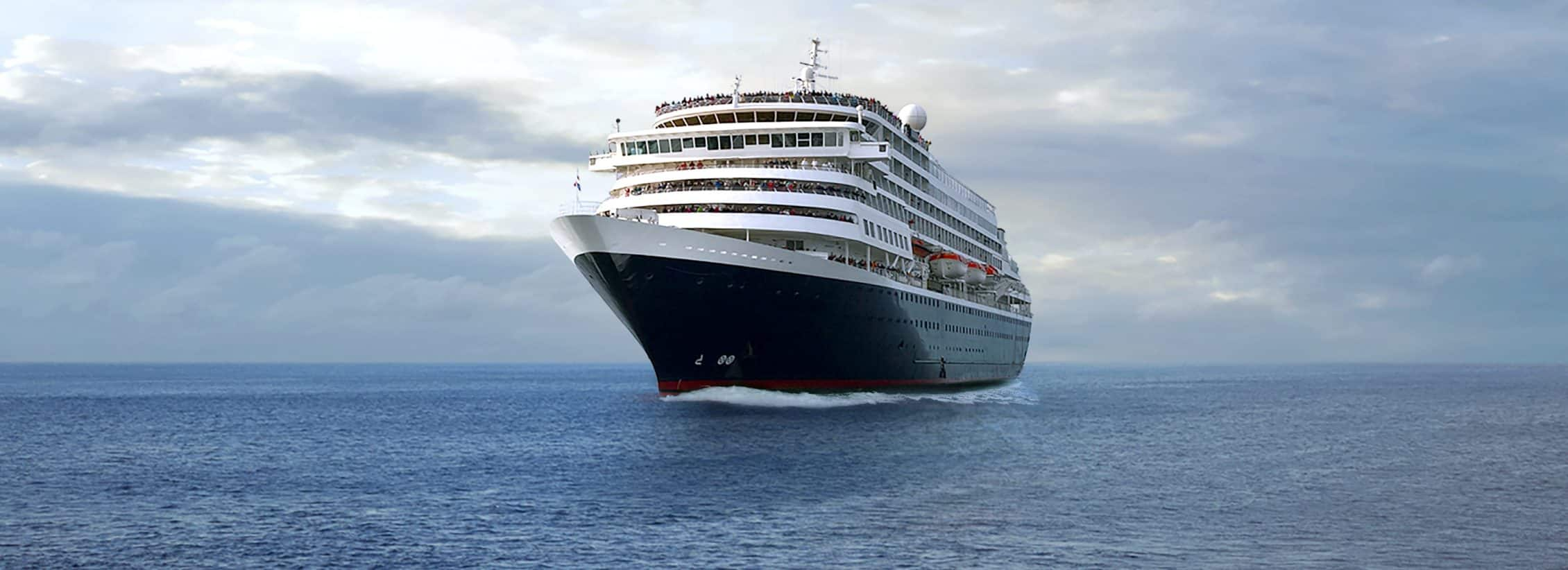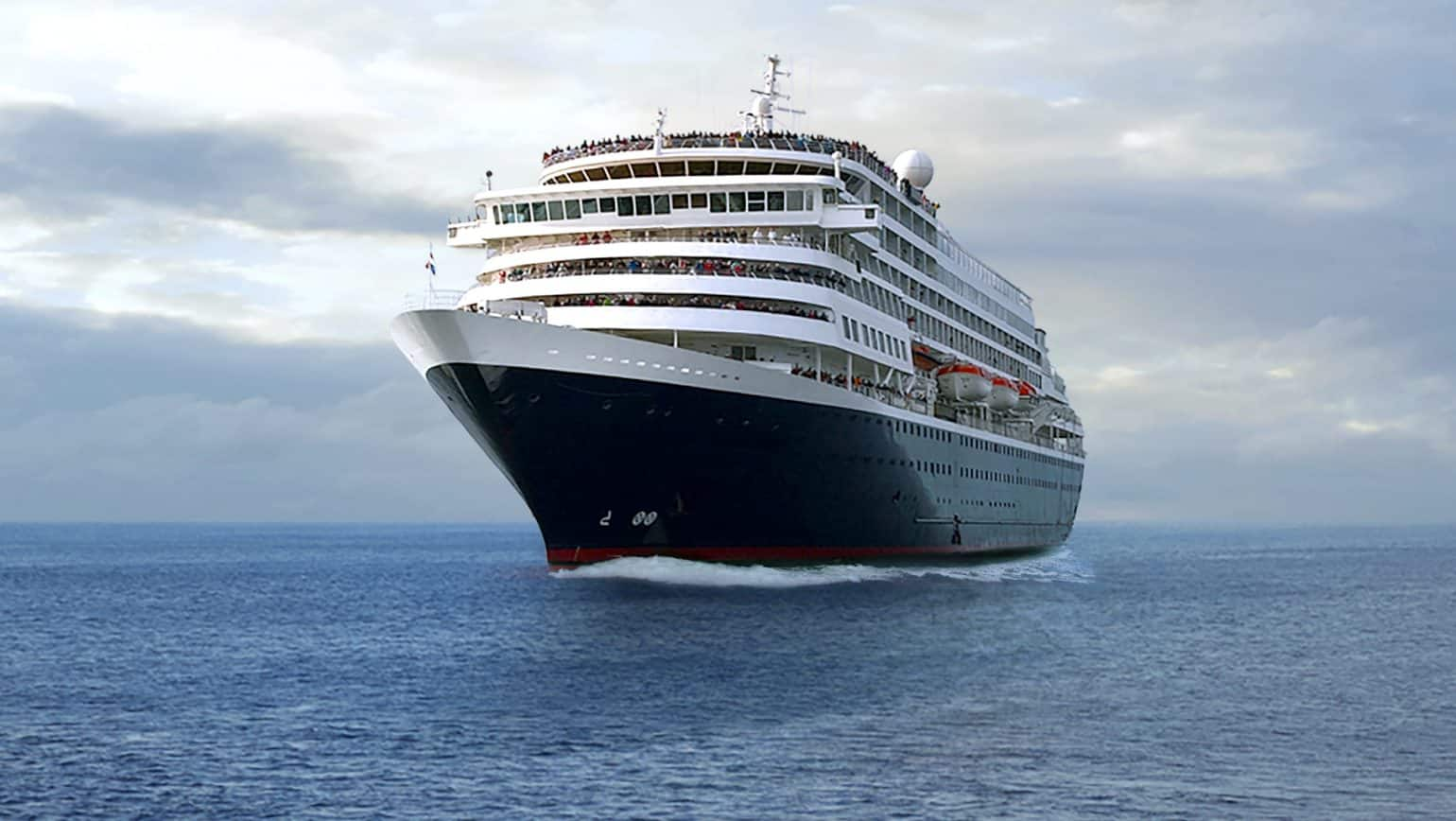Chile is long, lean, and loaded with astonishing wonders, which Holland America Line reveals during your South America voyage. Raft the Petrohue River in Puerto Montt, visit the UNESCO-designated churches of Chiloe from Castro, and make celestial discoveries at the Cerro Tololo Observatory near Coquimbo. Holland America Line opens cellar doors at wineries in the Rosario and Casablanca valleys near San Antonio, while Puerto Arenas serves as gateway to cool adventures in Patagonia and Antarctica.
CHILE
Featured Shore Excursions

Off the Beaten Track: Magdalena Penguin Reserve

Hike at Magellan´s Strait Park

Punta Arenas Sights & Patagonian Estancia on the Pampas

Taste of Patagonia: A Journey Through Flavors and Landscapes

Flight of the Condor: An Up-Close Encounter





